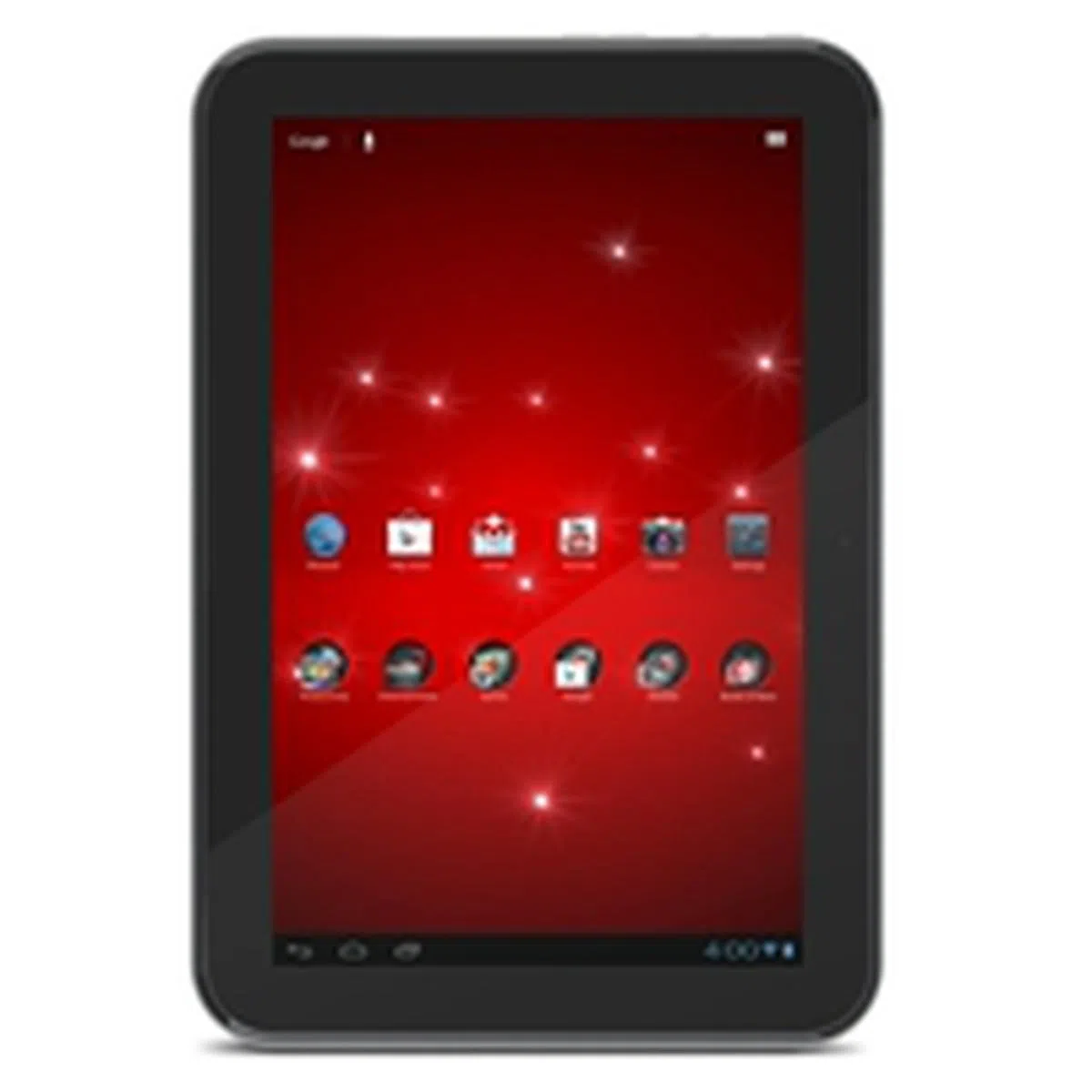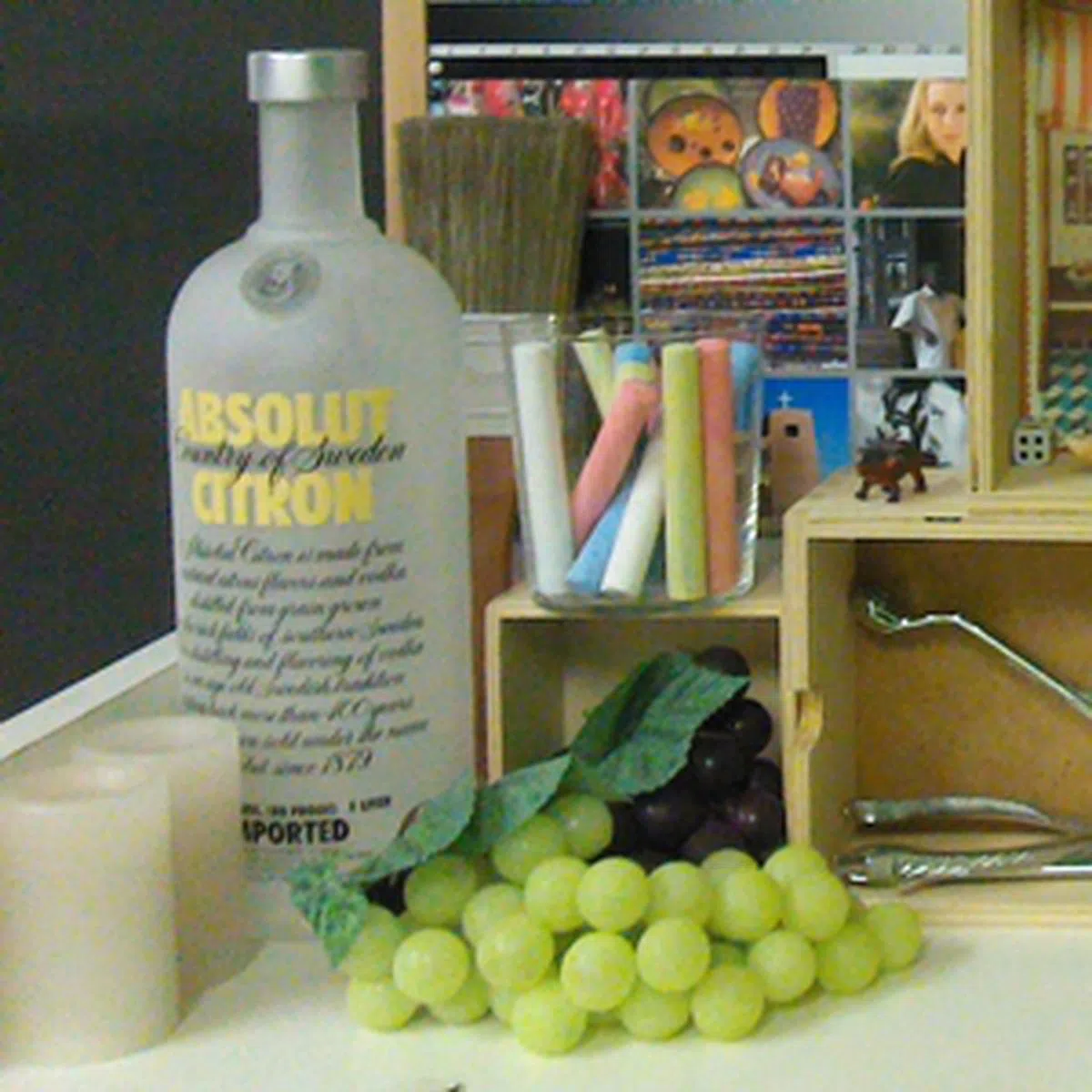Toshiba Regza Tablet AT300 - A MidFielder
Toshiba enters the 10.1-inch tablet space with its Regza Tablet AT300. Armed with a NVIDIA Tegra 3 quad-core processor, 1GB RAM, an IPS display and 32GB RAM, is Toshiba able to take the fight to the Apple iPads, ASUS Transformer Pads and Samsung Galaxy Note 10.1? Hit the link to find out.
Overview
Earlier last month, we reviewed the Toshiba Regza Tablet AT270, a 7.7-inch tablet with an AMOLED display that could possibly give the Apple iPad Mini a run for its money if its priced lower.
Today, we are taking a look at its 10.1-inch sibling, the Regza Tablet AT300 which has almost similar specs and design. Will it be able to pose a grave threat to the fourth generation iPad? Let's check out in this review. Just before that, here's a quick look at the key highlights of the Toshiba Regza Tablet AT300: -
 | Key highlights of the Toshiba Regza Tablet AT300 (3G)
|
Design and Features
It's obvious that the AT300 shares the same design language as the AT270 apart from the difference in screen sizes. This isn't necessarily a bad connotation as having a standard design will strengthen the brand's image in the minds of the consumers. For Toshiba, we feel it is their way of differentiating their tablet devices from the iPad lookalikes in the market especially when Apple is going hard on competitors who "copied the design" of its iPads.

Both tablets can be characterized by their rather thick bezels around their displays,

the two different shades of grey and the dimples on their textured backs.
Weighing at 595g and measuring 9.0mm thin, the AT300 competes favorably against its contemporaries. For example, the fourth-gen iPad is thicker at 9.4mm and weighs 662g (4G variant). The latest Samsung Nexus 10, on the other hand, is slightly thinner at 8.9mm and weighs 603g. Here's a quick reference as to where the AT300 stands among the 10.1-inch competition:
- Apple iPad (Fourth-Gen): 9.4mm, 662g
- ASUS Transformer Pad Prime: 8.3mm, 586g
- Samsung Galaxy Note 10.1: 8.9mm, 600g
- Samsung Galaxy Tab 2 (10.1): 9.7mm, 587g
- Samsung Nexus 10: 8.9mm, 603g
Similar to the AT270, the AT300 feels relatively light in the hands and its textured back offers a good grip of the device. However, as a 10.1-inch tablet, it is obviously best used with two hands rather than one.
You will still get the micro-USB port and SIM card slot but the microSD card slot on the AT270 is replaced by a full-sized SD card slot on the AT300 which also supports up to 128GB SDHC-class cards. As expected, the AT300 can only be charged via its proprietary dock connector at the bottom of the device.
The AT300 runs on Android 4.0.3 Ice Cream Sandwich and there is no specific time frame as to when it will be updated to Android 4.2 Jelly Bean. For the list of software features on the AT300, you can check out the review of the AT270.
Performance
A NVIDIA Tegra 3 quad-core 1.2GHz processor and 1GB RAM powers the AT300. The "4-PLUS-1" quad-core architecture has been in the market for close to a year, and over time, competing processors such as Samsung's Exynos chipsets and Apple's custom designed A6X processors made their debut.
As such, we will be comparing the AT300 against the Samsung Galaxy Note 10.1, ASUS Transformer Pad Prime and the fourth generation Apple iPad to assess the performance of the Toshiba tablet. The following benchmarks are used for raw performance evaluation: -
- Quadrant evaluates the CPU, memory, I/O and 3D graphics performance. This is an Android OS based test.
- Smartbench 2011 is a multi-core friendly benchmark application that includes both the Productivity and Games indices for a more complete gauge of the overall performance of Android tablets.
- SunSpider Javascript benchmark measures the browsing performance of the tablet.
Device | Toshiba Regza Tablet AT300 (3G) | Samsung Galaxy Note 10.1 | ASUS Transformer Pad Prime | Apple iPad
(4th Gen) |
CPU | NVIDIA Tegra 3 quad-core
1.2GHz | Exynos 4 Quad quad-core
1.4GHz | NVIDIA Tegra 3 quad-core
1.3GHz | Apple A6X dual-core 1GHz |
GPU | 12-core GeForce | Mali-400MP | 12-core GeForce | PowerVR SGX543MP4 |
RAM | 1GB | 2GB | 1GB | 1GB |
OS | Android 4.0.3 | Google Android 4.0.4 | Google Android 4.0 | Apple iOS 6 |




The NVIDIA Tegra 3 chipset is starting to show its age and clearly had difficulties keeping up with the latest mobile processors that the other tablets are equipped with. Take the Quadrant benchmark results for instance: the Samsung Galaxy Note 10.1 easily surpassed the two Tegra 3-powered tablets and led the race by a healthy margin. The Smartbench 2011 results are a mixed bag, with both mobile processors gaining an upper hand for each sub-test respectively.
When it comes to the Sunspider benchmark, the Android tablets couldn't hold a candle to the fourth-gen Apple iPad where the Apple slate smashed the benchmarks with an astonishing score of 850ms (lower is better).
Would these benchmark-based results affect actual usage on the on the AT300 tablet? Fortunately, user experience was generally good although both the AT270 and AT300 could do better with an upgrade to Android 4.2 Jelly Bean and take advantage of Project Butter for a smoother user experience.
Multimedia Performance
Unlike the AMOLED-equipped Regza Tablet AT270, Toshiba opts for an IPS display panel on the AT300. Although colors are not as punchy as on an AMOLED display, the AT300 delivers accurate color reproduction on its 10.1-inch IPS display.
Similar to the AT270, the AT300 also comes with 32GB onboard memory. The internal storage is augmented by a SD card slot which supports up to an additional 128GB of removable storage. With a total storage capacity of 160GB, the AT300 should suffice even the most demanding power users.
The AT300 comes with a 5-megapixel rear autofocus camera with LED flash and a front-facing 2-megapixel camera. How does the AT300 fare in the imaging aspect? Well, we put it to the test in our standard indoor photo test subjects: -

The subpar image quality isn't a surprise as the AT300 shares the same imaging capabilities as the AT270. Noise levels are high and details remain fuzzy. Below, we've close-ups shots for comparison.
Battery Performance
Next, we ran the Regza Tablet AT300 on an intensive battery test, which involves a video with a resolution of 1280 x 720 pixels being looped on the unit. The test is performed under specific parameters, such as:
- Screen brightness and volume at 100%
- Wi-Fi and Bluetooth connectivity turned on
- Constant data streaming through email and Twitter
Specifications/Device | Toshiba Regza Tablet AT300 (3G) | Samsung Galaxy Note 10.1 | ASUS Transformer Pad Prime | Apple iPad
(Late 2012) |
Processor |
|
|
|
|
Display Size |
|
|
|
|
Display Type |
|
|
|
|
Display Resolution |
|
|
|
|
Dimensions |
|
|
|
|
Weight |
|
|
|
|
Battery Capacity |
|
|
|
|



When it comes to battery performance, the AT300 did a fair job of lasting about five hours and 39 minutes. Compared to the Samsung Galaxy Note 10.1, the Toshiba unit fares better as it has a slightly smaller 6,600mAh battery and yet could last close to half an hour more.
However, the ASUS Transformer Pad Prime could last more than 7 hours with half the battery capacity (3,300mAh). We attributed the Toshiba slate's poorer battery mileage to its higher power consumption of 4.32W. Taking into account its overall weight, volume and battery mileage, the AT300 avoided being ranked the last due to its light form factor (585g and 9mm side profile). Of course, while it seems to be on a par with the latest Apple iPad, the truth is that the latter still has the upper hand with a Retina display that has nearly double the resolution of anything else in the market. This sips a lot of battery and the results show that in our power consumption chart. But, they've compensated it with enough battery capacity to still provide battery life that's comparable to the rest of the competition.
Outside of formal benchmarking and under normal usage conditions, the Toshiba Regza AT300 could last us a day at work with occasional internet usage, checking emails, playing games and downloading of apps. Potential buyers of the Toshiba slates (including the AT270) should note that the AT300 comes with its own proprietary charging cable. Therefore, if you forget to bring the cable and need to charge the tablet, you are out of luck. This same issue is also present with the Samsung's tablet devices. As such, you'll need to purchase extra charging cables should you need to charge your slate in more than one location.
Conclusion
With a retail price of S$799, the Toshiba Regza Tablet AT300 is a recommended buy if you are looking for a 10.1-inch Android tablet that can store your huge library of music and video files. If you do not need the storage expansion option, the AT300 becomes less appealing as there are other competitive options as well.
The S$899 ASUS Transformer Pad Prime and its more affordable sibling, the S$749 Transfomer Pad TF300 both provide an extra functionality of a keyboard dock that enables you to type more comfortably on-the-go (if the need arises). In addition, the keyboard dock doubles as a secondary battery pack to boost the battery mileage of the tablet.
The Samsung Nexus 10 could be a possible consideration since it is priced quite competitively at US$499 (S$610 at point of publication). However, its limited availability on the Google Play Store is one hurdle you need to overcome before you can lay your hands on it.
If you are not interested in any of the tablets from the Android camp, the recently announced fourth generation Apple iPad is a good alternative if you are willing to pay a premium price. At S$958, the fourth-gen iPad offers a stunning Retina display alongside the 275,000 tablet-optimized apps in the App Store.
*Update at 18th December, 2.40 pm: Toshiba Singapore has informed us that the AT300 is available now at a promotional price of S$599. No information is available at point of publication on how long the promotion will last, but we sure hope that this is going to be the new price point moving forward. Having said that, at this price point, we think the AT300 is a pretty good catch.
Our articles may contain affiliate links. If you buy through these links, we may earn a small commission.

